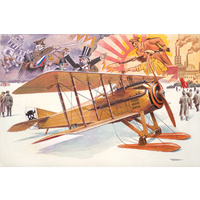
Roden 1/32 Spad VII ?.1 with Russian skies Plastic Model Kit 617
$69.99
Description
In early 1916 a competition was announced among French aircraft builders to design a fighter which would be able to counter the new German Fokker E.II Eindecker. One of the aircraft presented in the competition had an engine derived from the new V-shaped Hispano Suiza automobile engine developed by the Swiss engineer Marc Birkigt. The biplane box was borrowed from the SPAD A2, now freed from that aircraft's forward cabin.
This plane was called the SPAD V, and it achieved quite good results in tests, its speed in particular reaching nearly 215 km/h, a very important mark at that time. After making some changes to the design and becoming the SPAD VIIc.1, the new fighter started arriving in the French Air Force in large numbers. The considerable durability of its design (in comparison with Nieuports) and its impressive rate of climb made it the favourite of the French aces. Apart from SPAD, the fighter went into series production under license in several French factories, including that of Bleriot. French allies quickly became interested in the machine, and soon production of the SPAD VIIc.1 began in Great Britain by the Mann Egerton firm, in Italy, and also in Russia where a license for production of the fighter was obtained by the Moscow factory of the Dux joint-stock company. Additionally France, linked with Russia in the Triple Entente, delivered a number of these fighters directly from French plants.
Initially the Russian-built planes had 150 hp engines installed, but later these were switched for the more powerful 180 hp unit which very much improved the plane's performance. In total the Dux plant produced only 100 airplanes of this type, which is a rather small number in comparison with the almost 4,000 built in France; however together with the French-built machines they left a strong and noteworthy trace in the history of the development of Russian aviation. They took part in the air combat on the German-Russian front in World War I, and after the 1917 October Revolution destiny divided them between the opposing sides in the Civil War. A little later, in 1920, Soviet SPAD VIIs met the very same type in the sky during the Russo-Polish conflict, machines which Poland had bought in France, having just received its independence from the Russian Empire. Another interesting page in the story of the SPAD VII describes their service in the Air Army of the Ukrainian National Republic.
During the first year of its service as a part of the Air Force of Imperial Russia pilots faced a problem with take off and landing during the snowy winter period. Aircraft on a standard wheeled chassis stuck in the snow, leading to disaster. The obvious solution was a temporary conversion from wheels to skis, which was done several times in various places. The skis were of two types: one, the same as was typically installed on Nieuports; and more usually a bigger size, suited for this type of aircraft. However this innovation was not a general one.
At least one plane of Dux construction found its way to the Air Force of Finland where during the winter period it too was fitted with skis, which were almost identical to the Russian ones. The last few machines of this type served in the Air Force of the Red Army up until the 1920s.
Specifications
| Brand | Roden |












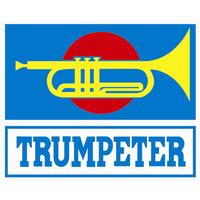


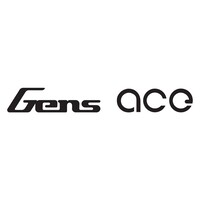
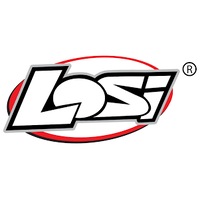

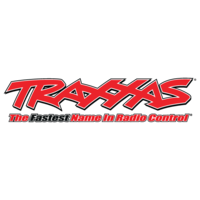







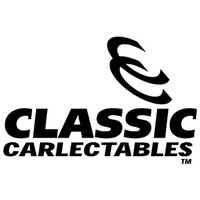


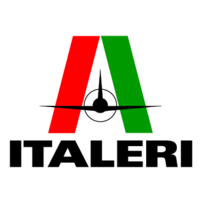


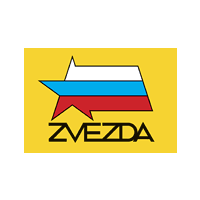



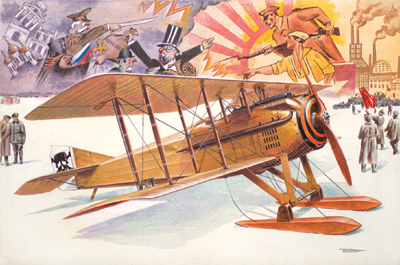
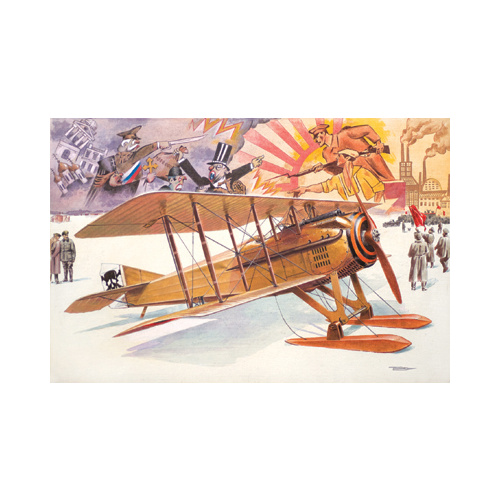
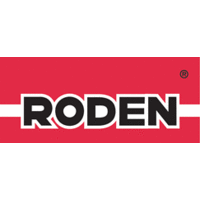
 Flat Rate
Flat Rate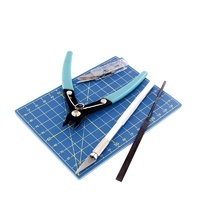
![Deluxe Materials Plastic Kit Glue 20mL [AD70]](/assets/thumb/DM-AD70.jpg?20230421114526)


![Academy 1/48 Royal Australian Air Force F-111C: LE *Aus Decals* [12220]](/assets/thumb/ACA-12220.jpg?20210309113443)

![Border Model 1/32 Avro Lancaster B. MkI/III /w Full Interior Plastic Model Kit [BF010]](/assets/thumb/BDM-BF010.jpg?20211021145442)










